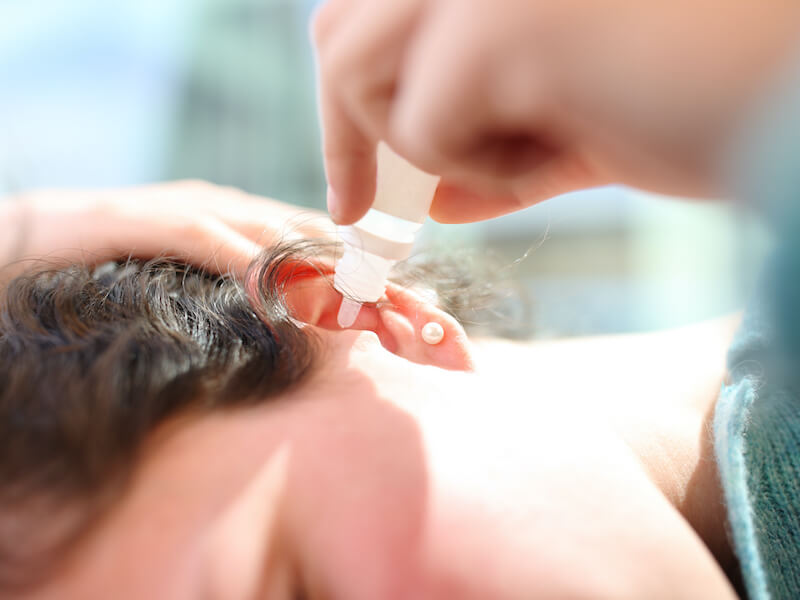
When you take a shower, always remember to clean your ears. It’s hard not to say that in your “parenting” voice. Maybe when you were a kid you even remember your parents telling you to do it. As you get caught up in past nostalgia, that sort of memory can take you back to simpler times.
But that advice can be pretty helpful. Your hearing can be substantially affected by out-of-control earwax. Still worse, this organic compound can solidify in place making it challenging to clean out. In other words, the clearer you keep your ears, the better off you’ll be.
Excessive earwax? Eww!
Earwax is, well, kind of gross. And we’re not going to try to change your mind about that. But earwax does have a purpose. Earwax is made by glands inside of your ears and is then pushed out when you chew in order to keep your ears free of dust and dirt.
So your ears will remain clean and healthy when they generate the ideal amount of earwax. It might seem peculiar, but earwax doesn’t indicate poor hygiene.
The troubles start when your ears generate too much earwax. And it can be rather difficult to know if the amount of earwax being produced is healthy or too much.
What is the consequence of accumulated earwax?
So, what type of impact does excess earwax present? Earwax that gets out of hand and, over time, accumulates, can cause a number of issues. Those issues include:
- Dizziness: Your ability to manage balance depends heavily on your inner ear. You can suffer from episodes of dizziness and balance problems when your inner ear is having trouble.
- Infection: Excessive earwax can lead to ear infections. Sometimes, that’s because the earwax can trap fluid where it ought not to be.
- Tinnitus: When you hear ringing or buzzing that isn’t actually there, you’re probably dealing with a condition called tinnitus. Earwax accumulation can cause tinnitus symptoms to worsen or to emerge.
- Earache: An earache is one of the most common indications of excess earwax. Sometimes, it doesn’t hurt that much, and other times it can hurt a lot. This usually happens when earwax is causing pressure in places that it shouldn’t be.
This list is only the beginning. Headaches and discomfort can happen because of uncontrolled earwax accumulation. Excessive earwax can interfere with the functionality of hearing aids. This means that you may think your hearing aids are malfunctioning when the real issue is a bit too much earwax.
Can your hearing be impacted by earwax?
The quick answer is yes. One of the most typical issues associated with excess earwax is hearing loss. When earwax builds up in the ear canal it produces a blockage of sound causing a kind of hearing loss called conductive hearing loss. Your hearing will typically return to normal after the wax is cleaned out.
But if the accumulation becomes extreme, permanent damage can happen. The same is true of earwax-related tinnitus. It’s usually temporary. But the longer the excess earwax sticks around (that is, the longer you neglect the symptoms), the bigger the risk of long-term damage.
Prevention, treatment, or both?
If you want to protect your hearing, then it makes sense to keep an eye on your earwax. It’s incorrect cleaning, not excess production that leads to buildup in most situations (for example, blockage is frequently caused by cotton swabs, which will push the earwax further in instead of getting rid of it).
It will often call for professional removal of the wax that has become hardened to the point that you can’t get rid of it. You’ll be capable of starting to hear again as soon as you get that treatment and then you can start over, cleaning your ears the correct way.
References
https://my.clevelandclinic.org/health/diseases/14428-ear-wax-buildup–blockage